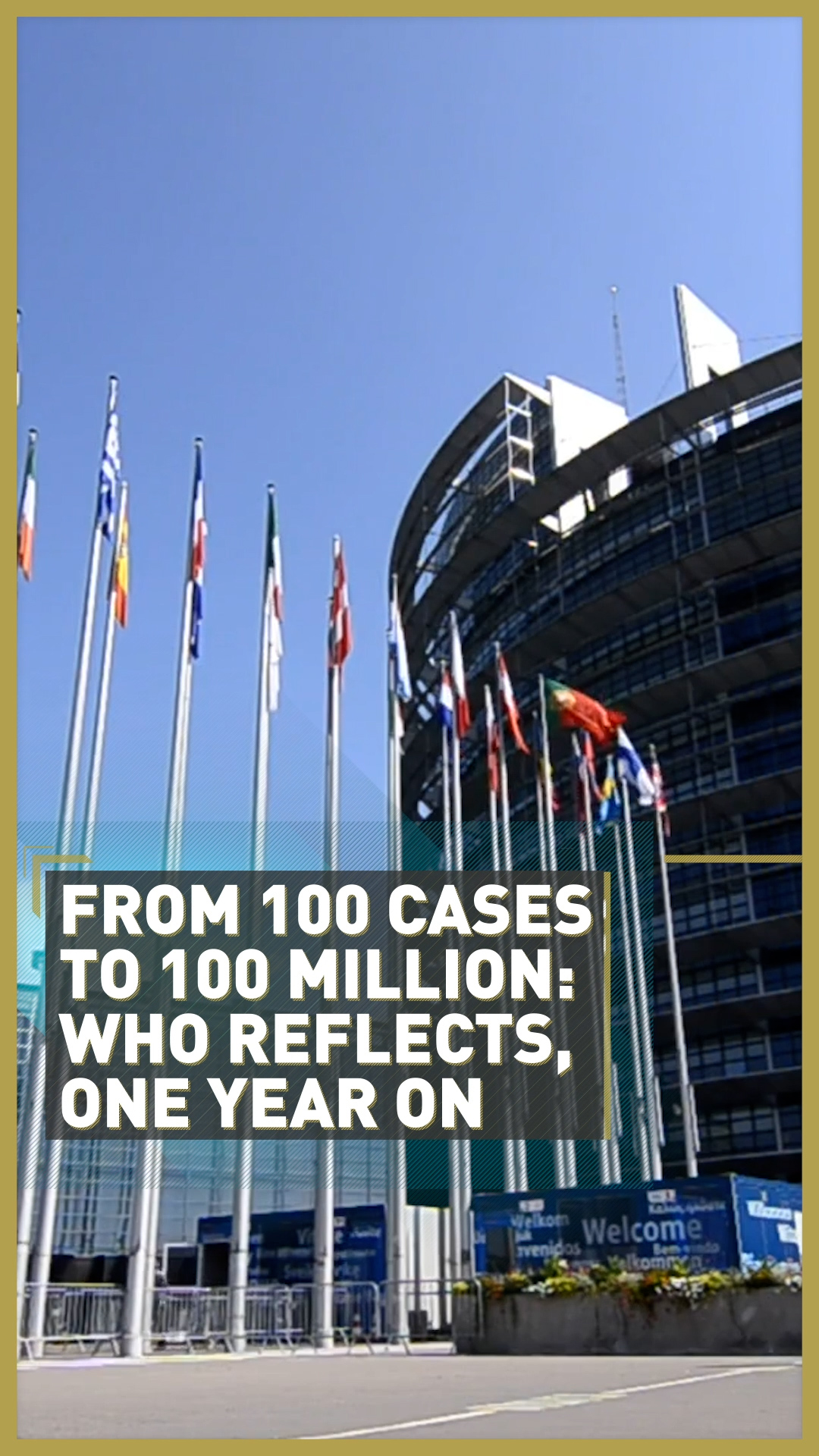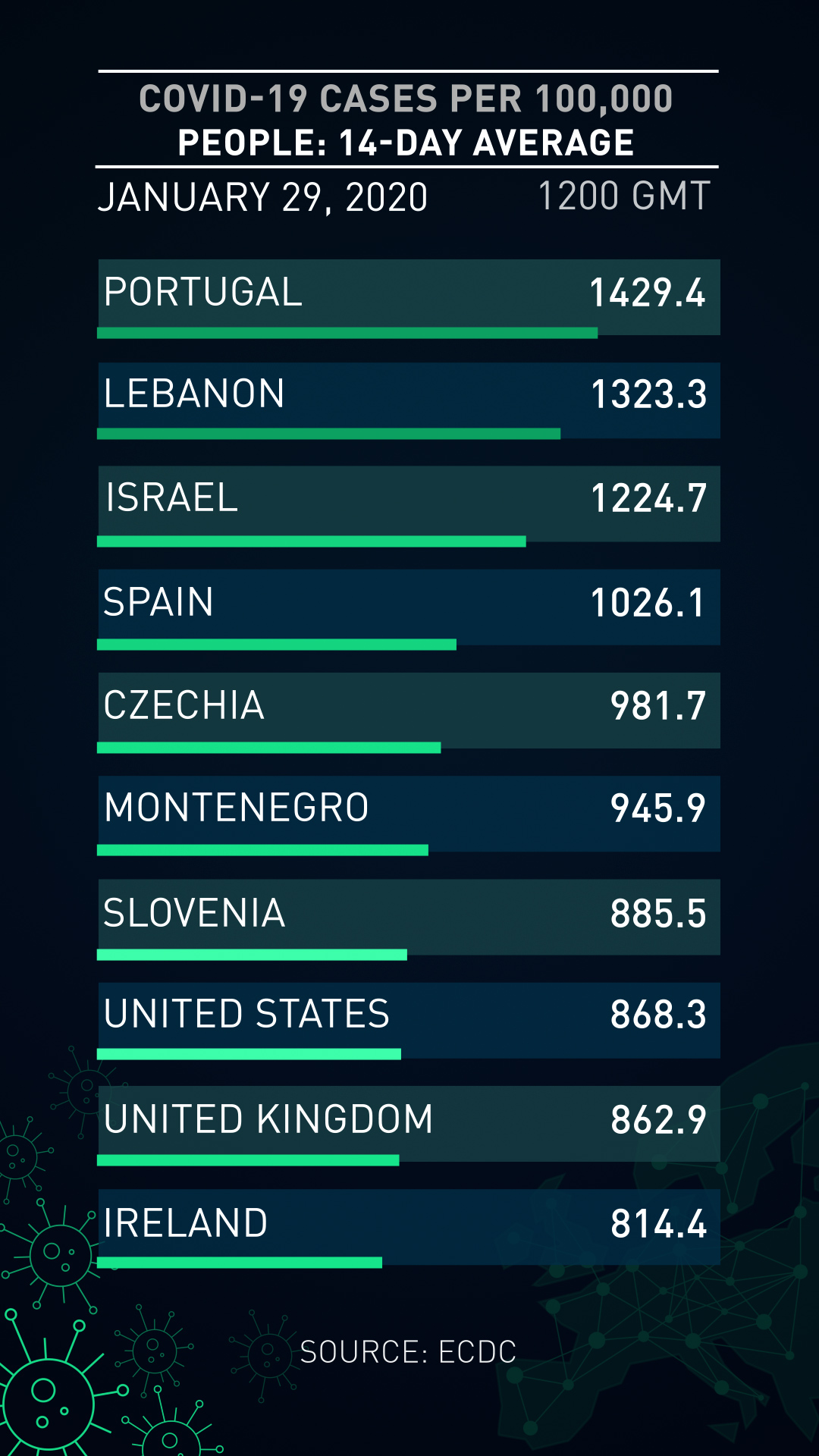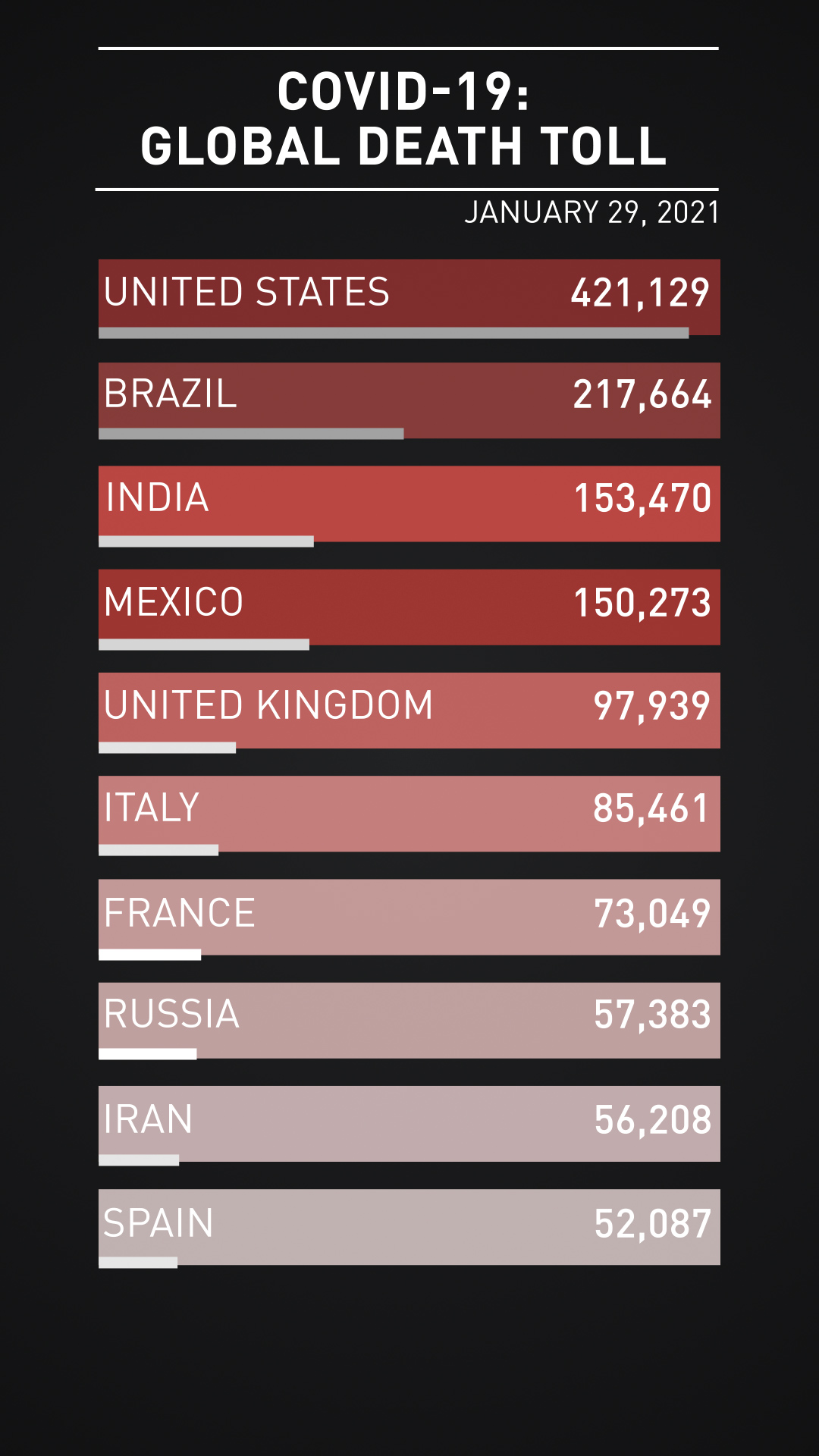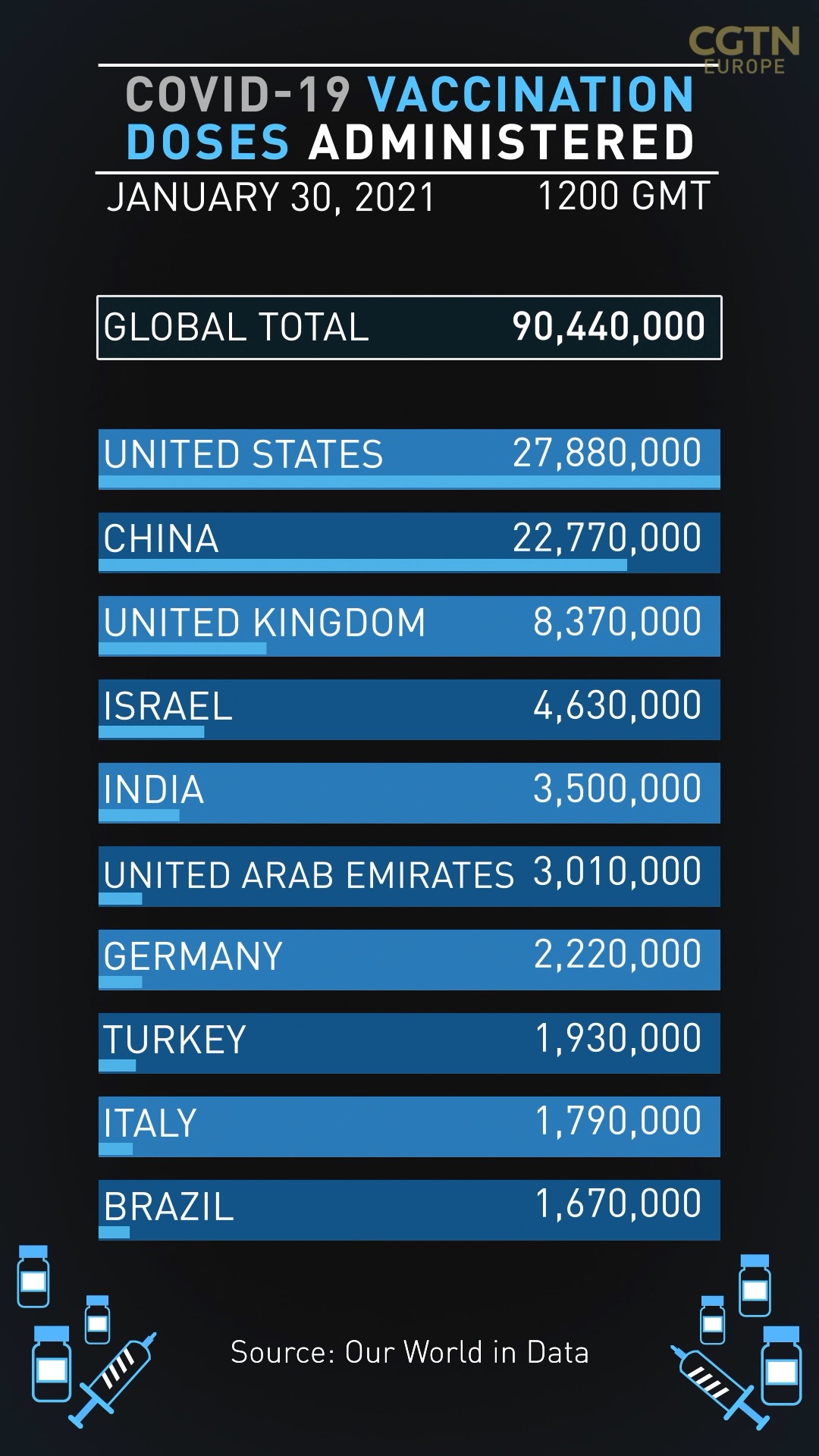01:12

On Friday January 29, World Health Organization director general Tedros Adhanom Ghebreyesus marked an important anniversary – but this was no time for celebration.
"Tomorrow marks one year since I declared a public health emergency of international concern over the outbreak of novel coronavirus, the highest level of alarm under international law," Tedros said. "At the time, there were fewer than 100 cases of the disease we now call COVID-19 and no deaths outside China.
"This week, we reached 100 million reported cases. More cases have been reported in the past two weeks than during the first six months of the pandemic."
At the time of Tedros's original declaration, outside China there had only been 98 reported cases and no confirmed deaths in 18 countries, with only four other states – Germany, Japan, the U.S. and Vietnam – showing evidence of human-to-human transmission. We now know the disease was probably already much more widespread.
It wasn't until two months later that the WHO would use the term "pandemic" – proclaiming Europe as the epicenter.
00:20

One of the earliest problems facing governments and international health bodies was just how easy it was for the virus to spread. Scientists quickly came to discover the virus was superficially difficult to distinguish from influenza, making cases hard to spot – and in some people it could even be completely symptom-free.
The WHO estimated at the start of March 2020 that the virus's reproduction rate stood somewhere between 2 and 2.5, meaning it spread at almost twice the rate of seasonal flu. That number has since fluctuated from country to country and depending on what health measures were in place.
Despite government efforts and continuous lockdowns, total global case numbers recently topped 101 million. Surges continue to plague many countries, particularly those where new variations of the virus have emerged.
00:20

As a consequence, the death toll has also been unprecedented. One year on from the WHO's announcement, more than 2.19 million people have died with the virus, the U.S., India, Brazil, Mexico and the UK having suffered the most fatalities.
The capacity and funding of health services, the timing of government action and the prevalence of wider health problems like obesity have all impacted the death count of different countries in different ways.
Now, many of those worst hit by the virus are hoping their staggering death tolls can be offset by the rollout of vaccines.
00:20

Developing a vaccine for a new disease in under a year was almost unimaginable in January 2020, but through concerted international efforts, the impossible has been made a reality. Doses are now starting to be administered across the globe, but it isn't all smooth sailing.
The EU's campaign to vaccinate some 450 million Europeans has had an uneven start as serious concerns over supply and alleged undercutting have left the bloc lagging behind countries like China, the U.S. and Britain.
And with rich countries buying up the majority of global vaccine stocks – the People's Vaccine Alliance says almost 70 lower-income countries will only be able to vaccinate one in 10 people this year – the global vaccination drive has a bumpy path ahead... as Tedros knows.
"A year ago, I said the world had a window of opportunity to prevent widespread transmission of this new virus," he said on Friday. "Some countries heeded that call. Some did not. Now vaccines are giving us another window of opportunity to bring the pandemic under control. We must not squander it."
Video editors: Sam Cordell, Natalia Luz

